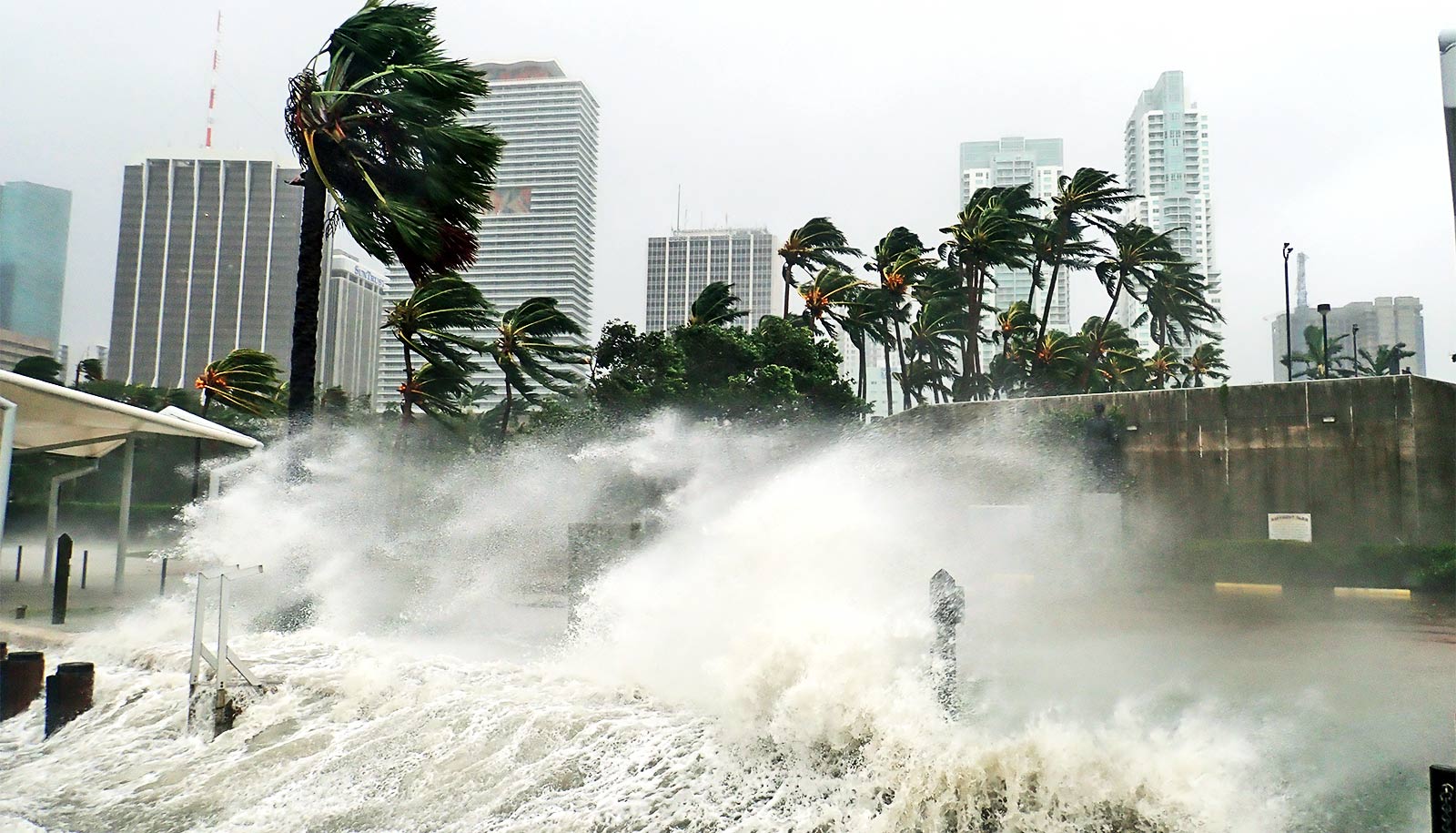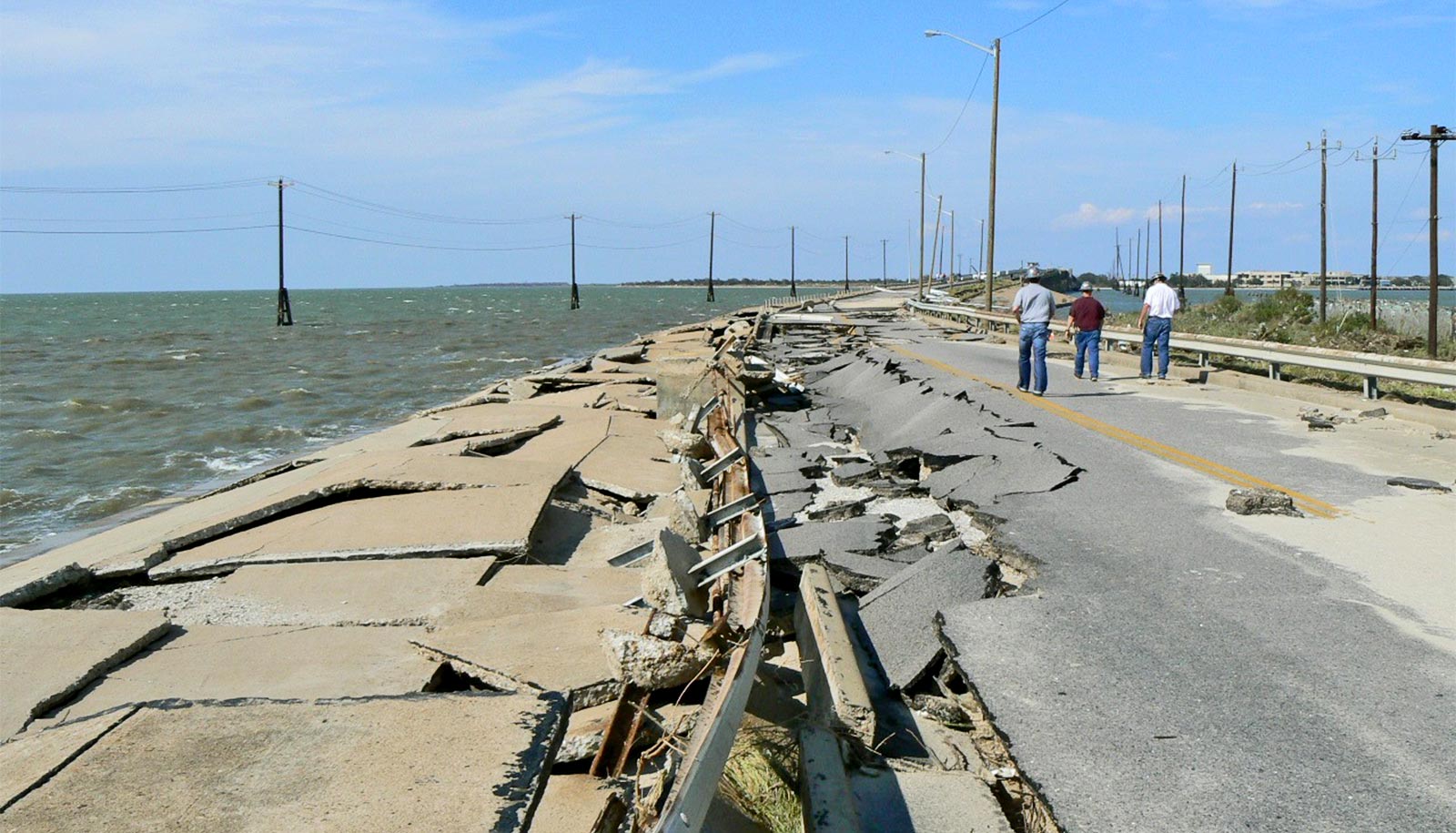Climate scientist Alexey Fedorov has answers for you about why experts are predicting a more active Atlantic hurricane season.
The 2024 Atlantic hurricane season began June 1 and goes until November 30. The National Oceanic and Atmospheric Administration has predicted an 85% chance of an “above normal” season this year, with a projected 17 to 25 named storms (winds of 30 miles per hour or higher), including eight to 13 hurricanes (winds of 74 miles per hour or higher).
In an average season, there are 14 named storms and seven hurricanes.
Fedorov, a professor of ocean and atmospheric sciences at Yale University, has made a life’s work of sorting through some of the dynamics of atmospheric moisture, rainfall, wind, temperature, and ocean circulation that combine to create dramatic climate and weather events.
He has conducted leading-edge research on the weather phenomena known as El Niño and La Niña, for example. He has also contributed greatly to our understanding of the Atlantic meridional overturning circulation (AMOC), one of the planet’s largest water circulation systems.
While much of Fedorov’s work focuses on long climate modeling over long timescales, he also is very much aware of the shorter-term impacts of a changing global climate—including the potential for stronger storms.
Here, Fedorov explains the scientific underpinnings of hurricane season predictions and questions that still remain about how hurricanes form:
What are your thoughts on the recent predictions that the 2024 hurricane season in the US will be more active than usual?
It is quite reasonable to expect a very active hurricane season in the Atlantic this year. Two main factors are at play: the main development region for hurricanes in the tropical North Atlantic, as well as the Caribbean Sea and the Gulf of Mexico, is already 2 to 3°C warmer than its long-term climatological temperature.
At the same time, there is strong evidence of developing La Niña conditions in the Pacific, with anomalously cold sea surface temperatures along the equator in the eastern equatorial Pacific. La Niña typically increases the number of hurricanes in the Atlantic.
Why do El Niño/La Niña conditions have such a pronounced effect on the severity of storms?
El Niño—warm conditions in the equatorial Pacific—has a tendency to increase vertical wind shear in the North Atlantic, thus on average suppressing tropical cyclogenesis and reducing the number of hurricanes there.
On the other hand, La Niña—cold conditions in the Pacific—reduces vertical wind shear in the Atlantic, thus increasing the number of hurricanes.
What other major factors contribute to stronger or weaker hurricane periods?
Persistently higher sea surface temperature in the tropical Atlantic and reduced vertical wind shear are the two main factors that facilitate tropical cyclogenesis. The former increases energy flow from the ocean to the atmosphere, while the latter helps the formation of tight vortices.
Several climate modes affect these two variables. Specifically, the El Niño/La Niña cycle, as we just discussed, and on longer timescales the Atlantic Multidecadal Oscillation [AMO], also known as Atlantic Multidecadal Variability. The positive phase of the AMO implies decades of anomalously high ocean temperatures in the North Atlantic, and that’s on top of global warming.
Let’s talk about global warming. How does it affect hurricanes?
The effect of global warming on hurricanes and tropical cyclones in general is obviously a hot topic. There are many things we do understand: tropical cyclones will likely become more intense on average as the warmer atmosphere will hold more water vapor.
They will survive for longer periods. They may be able to occur at higher latitudes than previously. The active hurricane season may lengthen. The most controversial issue, however, is whether the frequency of hurricanes will increase or not. This question is still debated.
What are the biggest remaining questions that climate scientists have about hurricane dynamics?
The question of hurricane frequency change with global warming is one of them. More generally, what sets the total number of tropical cyclones globally each year? Also, the impacts of the expected weakening of the Atlantic meridional overturning circulation—a major system of oceanic currents that include the Gulf Stream—on tropical cyclones.
My research group has been working on the latter topic, and we already have some surprising results, indicating that we could expect more hurricanes along the US eastern seaboard due to this weakening.
Source: Yale University



